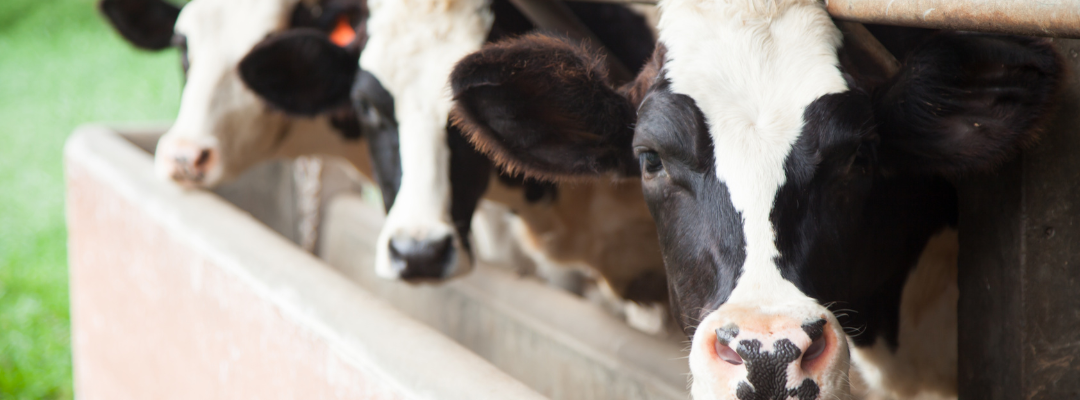As we move further into fall, winter feeding will move into the forefront of cow-calf operators’ minds. Most cow-calf operations have already begun feeding hay or will do so very soon. Winter feed costs are likely the largest cost for a cow-calf operation and are impacted by the number of days an operation feeds hay, the cost of the hay (or other feeds) that is fed, and the efficiency of the feeding program.
The number of winter feeding days is largely a function of stocking rate and pasture conditions throughout the grazing season. At the national level, the percentage of pasture rated poor and very poor has been lower than last year, but higher than the average of the previous 5-year period. In the Southeast, pastures are generally in worse condition than last year and considerably worse than the 2017-2021 average. In my home state of Kentucky, a lot of cow-calf operations have been feeding hay for a while and will see a higher than normal number of feeding days this winter.
Hay values are not always easy to estimate because most operations produce their own hay. Much of the hay market consists of private transactions, so there is limited public data on market price. Hay is also unique in the sense that there can be wide ranges in quality, as well as, value across regions due to the high costs associated with moving hay from one area to another. For these reasons, producers really have to put a value on the hay they feed based on what it cost them to produce it or what they paid for it, if purchased.
Finally, feeding efficiency is sometimes the forgotten factor in winter feed costs because it can be hard to observe and quantify. There is always a loss associated with feeding as cattle don’t utilize 100% of the hay that is produced or purchased. This is typically a function of hay storage and feeding method and there is merit in looking for economical ways to limit losses at these two points.
I use the table below in Extension programs as a way to discuss the variation in winter feeding costs based on hay values and losses associated with storage and feeding. Costs are expressed on a daily basis with the assumption of a 1,300 lb cow consuming 2.25% of her body weight each day. The number of hay feeding days can be multiplied by the daily costs to estimate hay cost per cow through the winter.
Over the last couple of years, hay values in my area have seemed to shift from the left half of the table to the right half and that has had a significant impact on the cost of wintering cows. For illustration, a $20 per ton increase in hay value leads to an increase of $0.34 per day at the 15% loss level and increases at higher loss levels. Similarly reducing storage and feeding losses from 30% to 15% results in a savings of $0.37 per cow per day when hay is valued at $100 per ton and increases as hay becomes more valuable. Having a feel for winter feeding costs can be a crucial first step in understanding cow-calf profitability and is definitely something that cow-calf operators should seek to manage.

Winter Hay Cost Per Cow Per Day
| Estimated Hay Cost Per Ton | |||||
| $60 per ton | $80 per ton | $100 per ton | $120 per ton | ||
| Storage and Feeding Losses | 15% | $1.03 | $1.38 | $1.72 | $2.06 |
| 30% | $1.25 | $1.67 | $2.09 | $2.51 | |
| 45% | $1.60 | $2.13 | $2.66 | $3.19 | |
| Assumes 1300 lb cow consumes 2.25% BW per day | |||||
Burdine, Kenny. “Estimate and Manage Your Largest Cost as a Cow-calf Operator.” Southern Ag Today 3(45.3). November 8, 2023. Permalink















